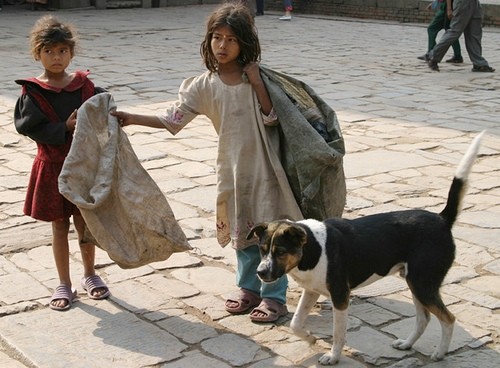
The Asia-Pacific region is home to nearly half of the world’s children, including large numbers of street-children. Children aged 5–17 years constitute 32% of the total population (about 42 million) in Bangladesh, a poor country of South Asia. There are about 445,226 street-children in Bangladesh at present, and the number is continuously rising; of them, 75% live in the capital city Dhaka; 53% are boys and 47% are girls.
It is projected by UNICEF that the number of street-children will grow to 1,615,330 by 2024 in Bangladesh. In the cities, street-children are mostly found near railway stations, launch/boat terminals, bus stations, busy markets, commercial areas, parks/pavements, big mosques, and mazars (mausoleum). About 45% of children live with parents while a good proportion of them live alone (22%). The causes of living on the street included poverty or hunger (89%), running-away from home (14%), torture by step mother/father (11%), earning money or income (11%), lack of guardians to look after (9%), and abuse (6%). These children are usually deprived from basic human rights and have inadequate access to food, clothings, accommodation, education, and health facilities. At very early ages, mostly at the age of 7 years, they get involved with different types of profession, such as helping hand of carpenters, hotel/restaurant boy, transport helper, household maid, shoe-shiner, and factory worker. Although they work 6.5 hours per day, they earn only 45 BDT (1 US$ = 79 BDT) a day.
